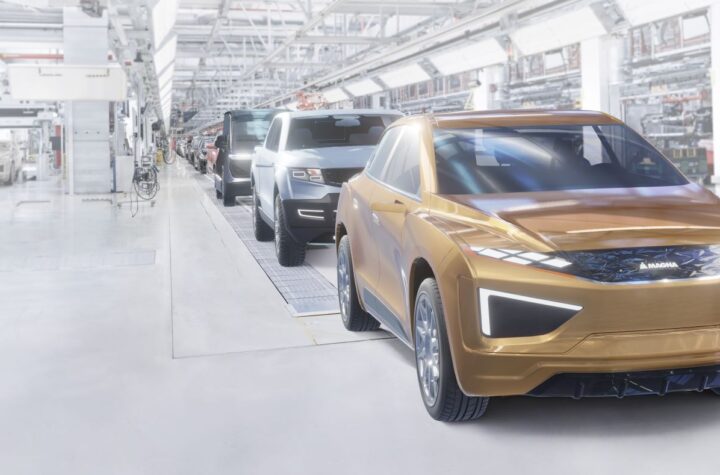
J. D. Power may be the established standard of auto consumer survey firms, but there are others that do similar, yet different, research. Best known is Consumer Reports, the Yonkers, NY-based Consumers Union’s adphobic magazine, web site and product testing firm, which annually polls its combined five million subscribers to learn what troubles they’ve experienced. CR’s auto reliability survey, covering eight model years and up to two vehicles per respondent, is sorted by year, make and model. The 2004 results, reported in the April issue, covers problems with 675,000 ’96 through ’04 privately owned or leased vehicles.
CR’s “Problem Areas” are: Engine, Cooling, Fuel, Ignition, Transmission, Electrical, A/C, Suspension, Brakes, Exhaust, Paint/Trim/Rust, Body Integrity, Power Equipment and Body Hardware. The questionnaire instructs respondents to check a box under “Car 1” or “Car 2” if they have had any problems in the last year (April 1, 2002 through March 31, 2003) that they “considered SERIOUS (because of cost, failure, safety or downtime),” including problems covered by warranty but not accident damage. It further instructs not to include maintenance items “unless they were replaced much sooner or more often than expected.”
Compared to Power’s Vehicle Dependability Study (VDS), which polls owners of three-year-old vehicles, CR’s survey has the advantage of its eight model-year breadth and a much larger sample size but the disadvantages of less depth and detail and the fact that it surveys its own subscribers rather than a scientifically random sample. And it plays a significant role in purchasing decisions: a 2003 Forrester Research, Inc. survey found that 33 percent of new-car buyers had consulted Consumer Reports.
“People literally walk into [dealerships] with Consumer Reports in their hands,” says DCX Vice President, Corporate Quality, Steve Walukas. “You’ve got to have the whole package, all aspects of what they like and don’t like, fuel economy, ride, handling, braking, safety, and you can’t get recommended unless you have the reliability and durability.”
Says CR Director of Automobile Testing David Champion, “I think Power does an excellent job, and I think we do an excellent job, and the manufacturers use both.” He points out that CR’s survey also gauges owner satisfaction by asking four direct questions: “Would you definitely; probably; probably not; definitely not buy this vehicle again?” And to compare CR results to Power’s VDS, he adds, “You can pull three-year-old vehicles out of our data.”
Tustin, Calif., research firm AutoPacific publishes a variety of syndicated studies and conducts proprietary research and consulting for auto manufacturers, distributors, marketers and suppliers worldwide. Its eight year old Vehicle Satisfaction Award (VSA) study establishes numerical satisfaction ratings for virtually every passenger vehicle in the North American market by calculating satisfaction across 44 specific areas related to operation, comfort, safety and the overall purchase experience. The 2004 VSA ratings, released this May, reflect input from more than 32,000 buyers and lessees of new vehicles acquired Sept.-Dec., 2003.
Another AP survey, the Satisfaction Benchmark Study (SBS), analyzes North American market cars and trucks on a feature-by-feature basis. “We feel SBS is the best and most economical way for manufacturers and suppliers to rate their own performance and find out who is setting the standard for satisfaction,” says AutoPacific President George Peterson. “It takes the analysis to the discrete level, from cupholders to the dealership experience.”
Each of these — J. D. Power, Consumer Reports, AutoPacific and a few others — including each manufacturer’s internal research and warranty analysis — measures different things in different ways, and each has real value in helping consumers make comparison and automakers learn where they’re good, where they need improvement and how they stack up to competitors. Confusingly, though, some companies and brands do very well in some and worse in others. That is why it’s so important for media and the public to understand what each one measures and how. And why automakers need to make the effort and do the right things consistently, year after year, to improve their QRD performance in every way across the board.













More Stories
From Gasoline Powered Cars To Electric Vehicles | Electric Moped Bike A Best Alternative
Rubbernecking: A Silly Reason for Car Accidents
Flexible Magna Manufacturing Solutions: The Key to Success in the Automotive Industry